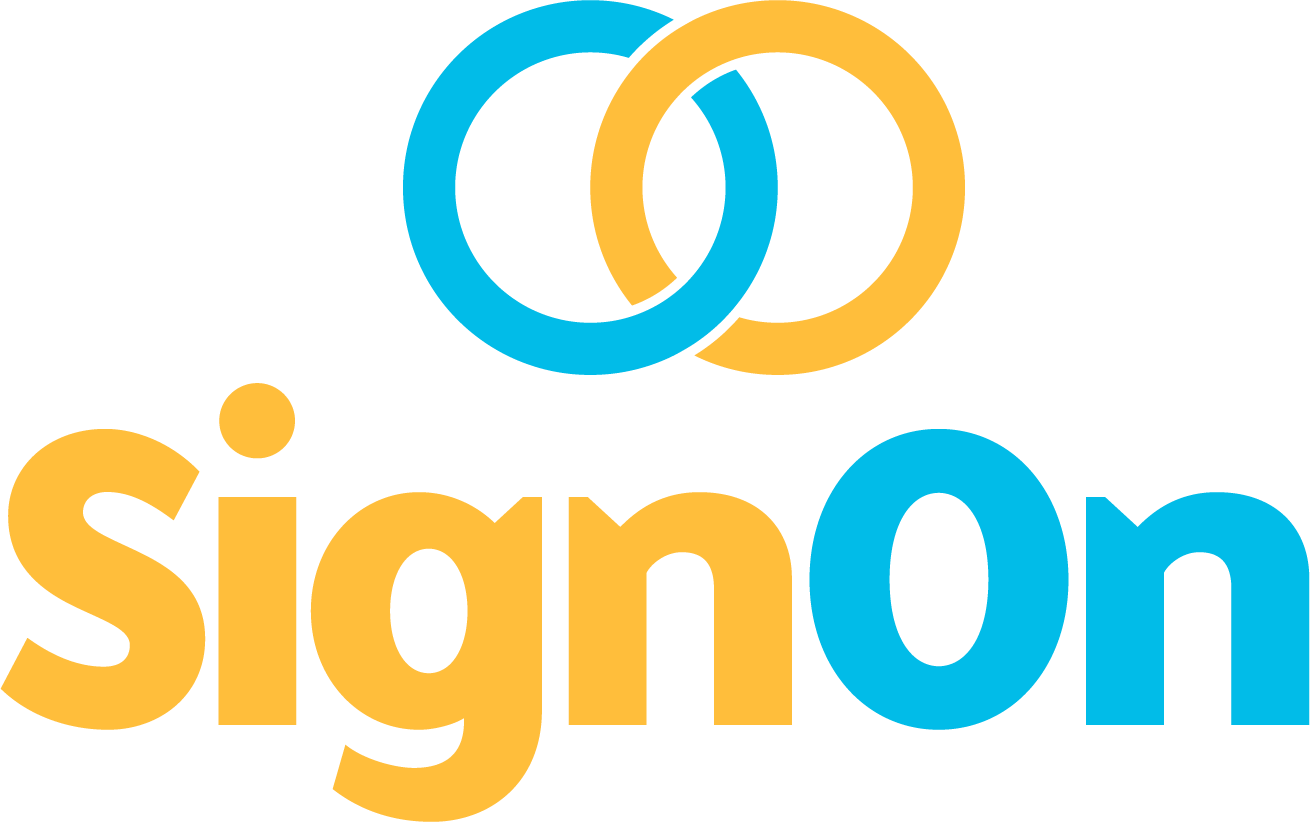In your ASL class, or elsewhere you may have heard of a Certified Deaf Interpreter, or CDI. You may wonder what this is and how can a Deaf person interpret if they cannot hear?
What are CDIs?
CDI’s are Deaf or hard of hearing people who work alongside a certified hearing interpreter. The CDI interprets the message from the Deaf consumer to the hearing interpreter and the hearing interpreter then relays the message to the hearing consumer.
Deaf interpreters use ASL as well as a mix of gestures, mime, props, drawings and other tools to enhance communication. They are nationally certified by the Registry of Interpreters for the Deaf (RID), so not just “any Deaf” can become an interpreter. It takes a lot of training and practice to become certified, just like their hearing counterparts.
Why do we need CDIs?
Well, if we already have a hearing interpreter, why do we need a Deaf one? This is a great question and I’ll explain:
First off, for hearing interpreters, ASL is not their first language (except for CODAs – Children of Deaf Adults). This being said, they do not necessarily have a “Deaf mindset” and may not understand a Deaf consumer’s signing or thought process.
A Deaf interpreter is predominantly used when the communication mode used by the Deaf consumer is minimal or limited or they use signs that a hearing interpreter may not be familiar with – such as non-standard signs, "home" signs, a foreign sign language, regional signs, and such.
Lastly, a CDI is also used with young Deaf children who do not have a grasp of English or ASL completely yet, as well as those Deaf individuals that have recently immigrated and may still use their home countries’ sign language, as well as basic ASL to communicate.
How does a Deaf/Hearing Interpreting Team work?
Including a CDI as part of the interpreting team enhances the experience for the consumers (deaf and hearing) and makes communicating the message more successful.
Let’s say there’s a doctor’s appointment, there will be a total of two interpreters, a hearing interpreter and a Deaf interpreter, working together to ease the conversation between patient and healthcare provider. The hearing interpreter will take the words of the physician and interpret it into ASL for the CDI interpreter, who then takes that information and interprets it for the Deaf patient in a way that they can understand. The process is reversed when the Deaf patient signs - to CDI to ASL to voice.
Resistance to CDIs
There is some resistance to using Deaf interpreters, by both hearing interpreters and hearing consumers.
Understandably, some hearing interpreters are hesitant to work with Deaf interpreters because they feel that they can sign well enough, or it may reflect badly on the hearing consumers. But if they cannot understand the Deaf consumer because of a gap in signs or in comprehension, they’re still going to look bad anyway.
Hearing consumers are hesitant to use CDIs because, one it’s twice as much they have to pay for, and two it takes twice as long to communicate. But if you’re in a hospital setting and your Deaf patient cannot understand why they need surgery, it’s going to be difficult to get consent, difficult to help treat them and other medical and legal issues can arise.
So, in the long run a CDI is the best option for those Deaf consumers that need clear and concise information relayed back and forth.

